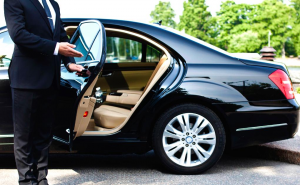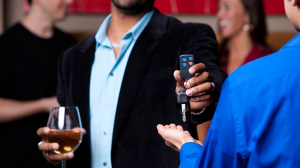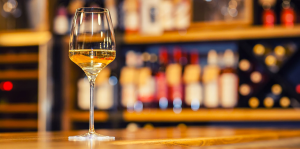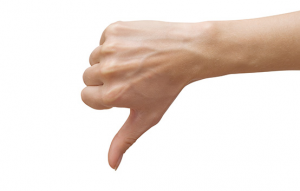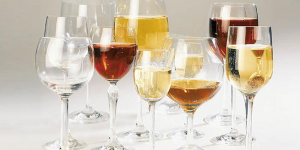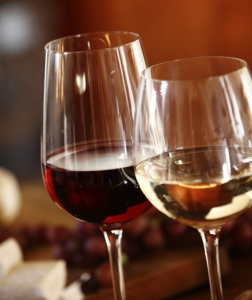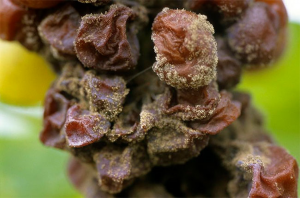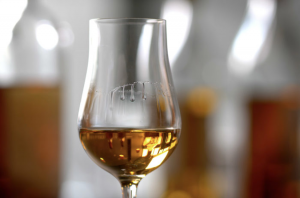A fair question is why there’s any need for wine tasting tips, specifically for Sonoma County. How is it different than Napa Valley, for instance, or Bordeaux or the North Fork of Long Island for that matter? The answer is the combination of size and variety.
You can go wine tasting in Napa Valley along two parallel roads and the crossings between them. Yes, there are wineries up in the hills on either side, but the wineries are all generally concentrated along Route 29 and the Silverado Trail. As far as the geography is concerned, the same can be said of the North Fork or the Cote d’Or in Burgundy.
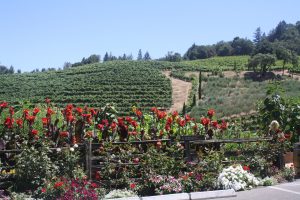
As to variety, while there are ample exceptions to the rule, the majority of wines made in Napa Valley are made from Chardonnay and Bordeaux grapes. In Oregon, you’ll get Chardonnay and Pinot Noir, as you will in Burgundy. It will be Gamay in Beaujolais. But in Sonoma County, Alexander Valley is dominated by Cabernet Sauvignon, Russian River by Pinot Noir and Dry Creek by Zinfandel. There are pockets of Rhône grapes and Petite Sirah. And yes there’s Chardonnay everywhere, but you’ll find a healthy amount of Sauvignon Blanc too, especially in Dry Creek.
So if you are new to wine tasting in Sonoma County, here are a few things to think about.
- Focus on one area per day. You really can’t get a taste (pun intended) for Sonoma County as a whole in a short trip. Each area can be viewed as a separate outing. Moreover, if you are tasting in Russian River, for example, you can compare wines made from the same grape varietals and understand the difference between microclimates on the northern end of Westside Road and its eastern extension. And of course, you can compare the talents of different winemakers as well.
- Think about lunch. Of course you’ll want to eat, for safety’s sake if nothing else. But there’s only one place to buy a sandwich in Alexander Valley (highlighted in this issue). The same can be said for Dry Creek. There are some in Russian River on River Road in Guerneville, but they’re quite a way out. You can always drive into the towns: Sonoma, Santa Rosa or Healdsburg. But that takes you out of the way and adds to the driving. So either pack a picnic or plan for a stop where you know you can get some food.
- Try to ascertain the specific character of Sonoma County wines. It’s inevitable that you would compare the wines you are tasting with those you’ve had elsewhere. And you may decide that you prefer the Cabernet Sauvignons of Bordeaux or the Pinot Noirs of Oregon. That’s okay, but there is a distinct Alexander Valley style of their Cabs or the Pinots of Russian River. You’ll enjoy your tastings – and the bottles you buy back home – more if you can pick up on the uniqueness of the Sonoma County style.
- Don’t just drive. Enjoy the scenery. From the views of the mountains to the east of Alexander Valley to the magnificence of Chalk Hill Road to the town squares in Sonoma and Healdsburg, we have always found the views in Sonoma County to be among the prettiest in Wine Country. Let your eyes drink, not just your mouth.



